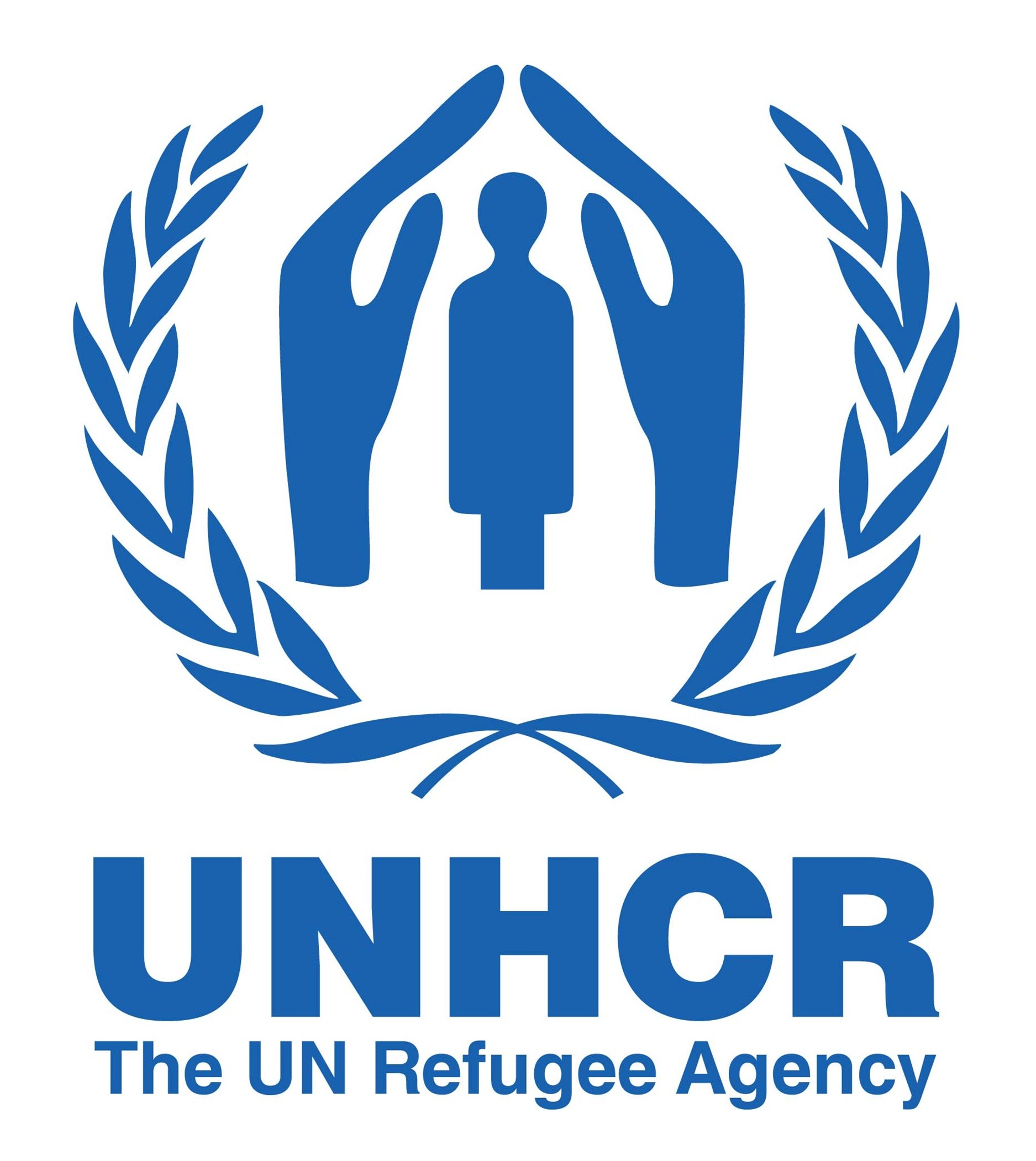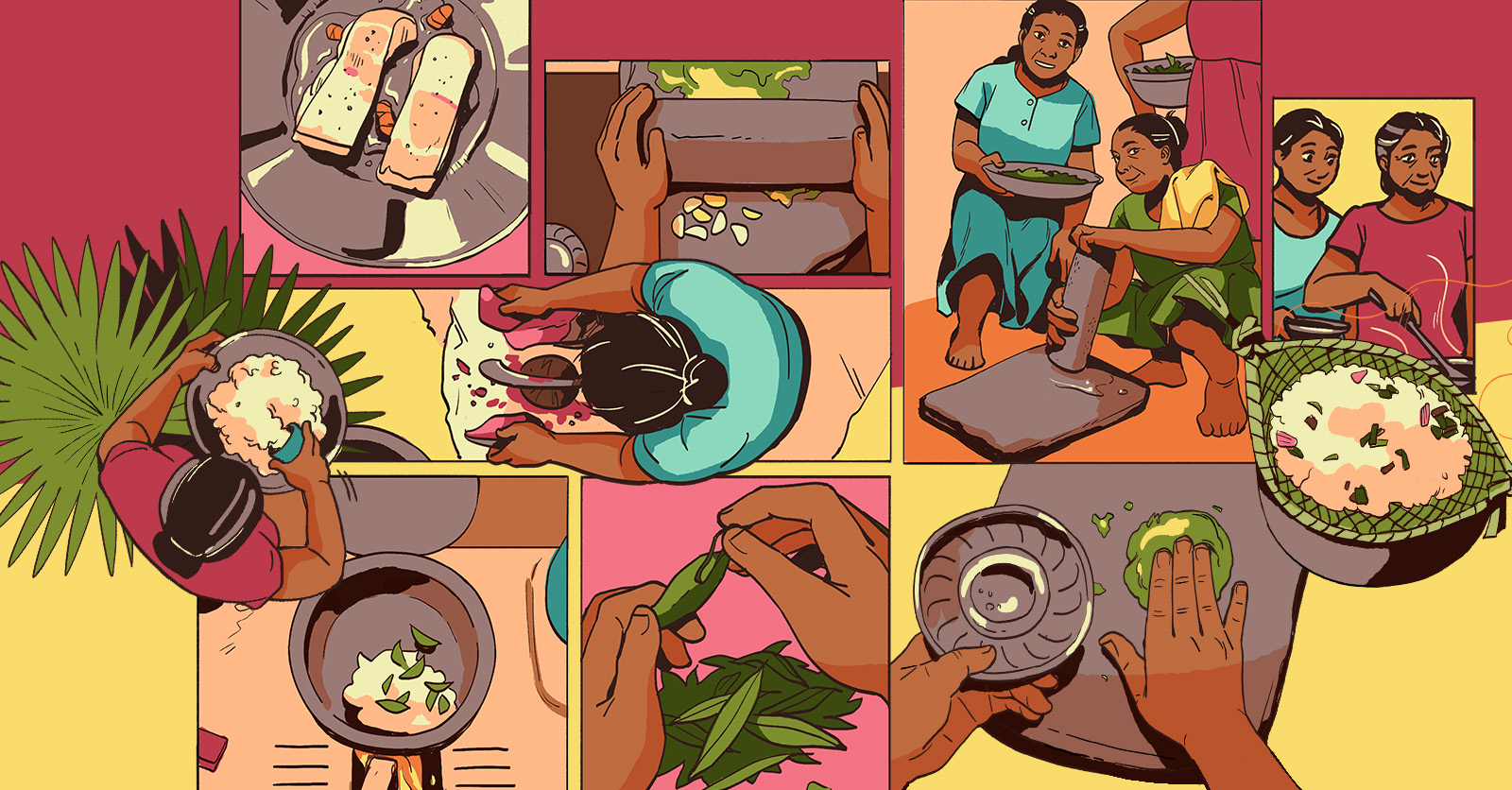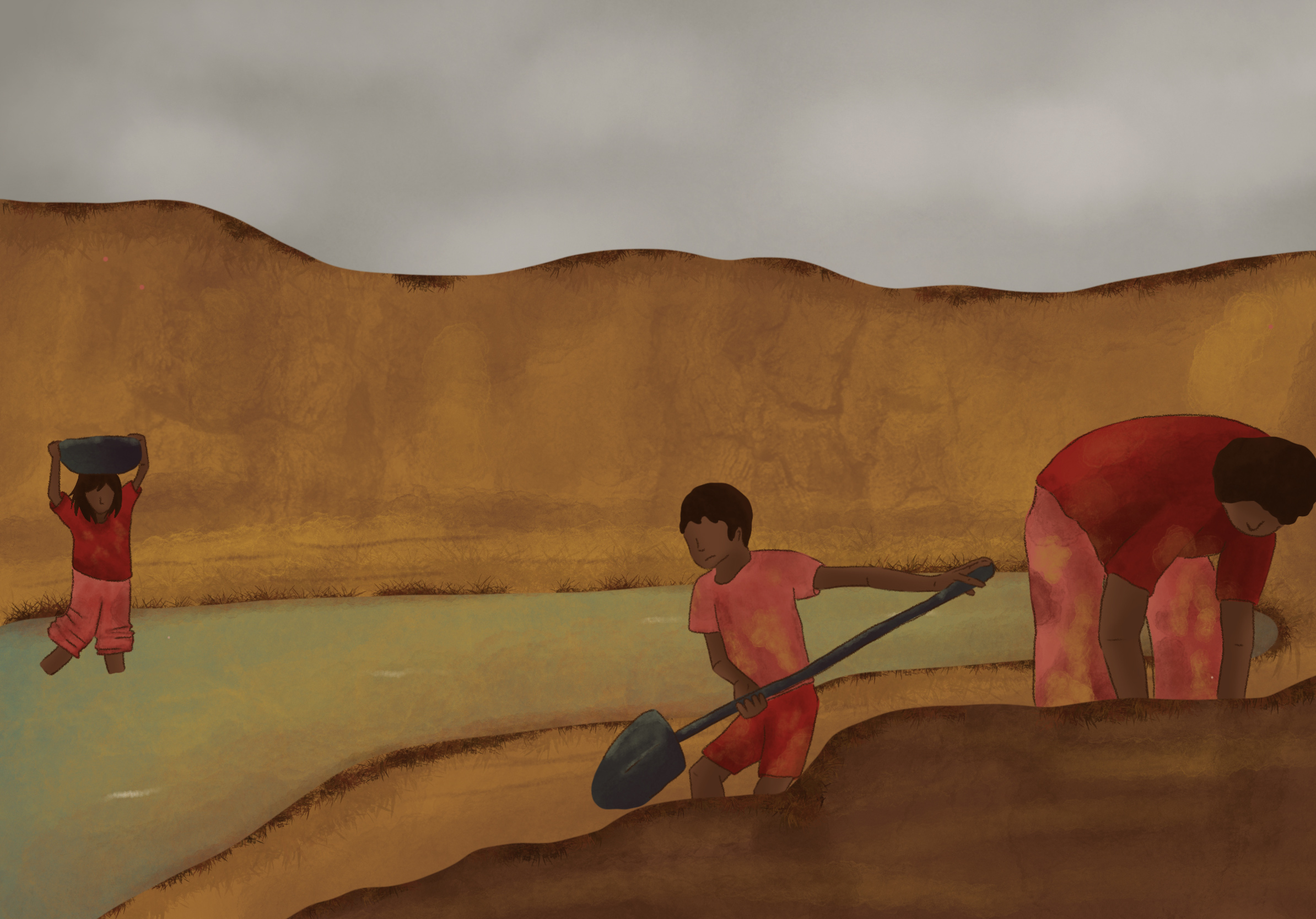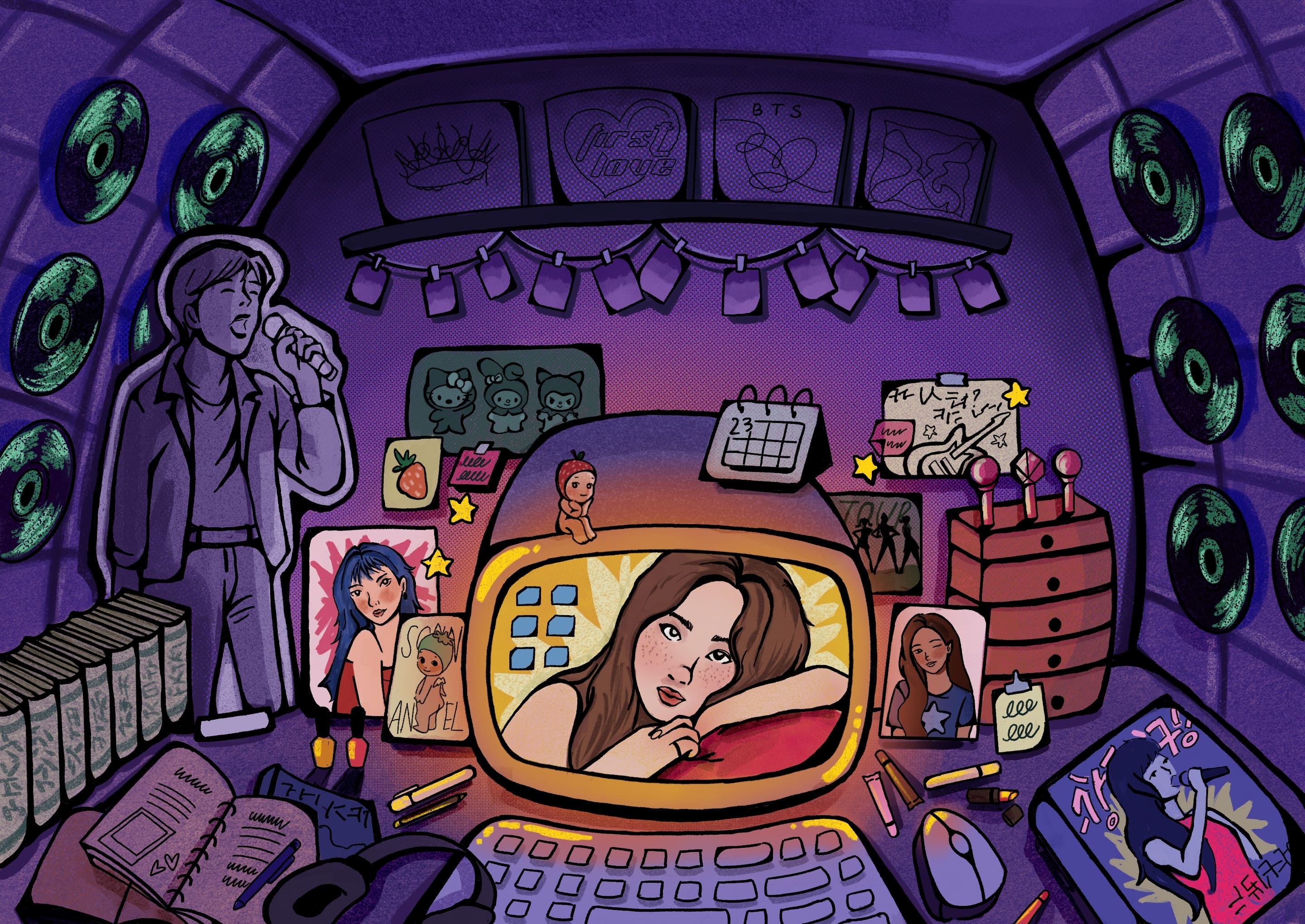Disclaimer: Our stories have been researched and fact-checked to the best of our abilities. Should you spot
mistakes, inaccuracies, or have queries about our sources, please drop us an e-mail at
hello@kontinentalist.com
In collaboration with
UNHCR
/ Partnership
UNHCR, the UN Refugee Agency, is a global organization dedicated to saving lives, protecting rights and building a better future for refugees, forcibly displaced communities and stateless people.
The UN Refugee Agency
/ Partnership
UNHCR, the UN Refugee Agency, is a global organization dedicated to saving lives, protecting rights and building a better future for refugees, forcibly displaced communities and stateless people.
Credits
Data / UNHCR
Story / Zafirah Mohamed Zein
Visualisation / Loh Pei Ying
Design / Joceline Kuswanto and Griselda Gabriele
Code / Siti Aishah
Recommended Stories










